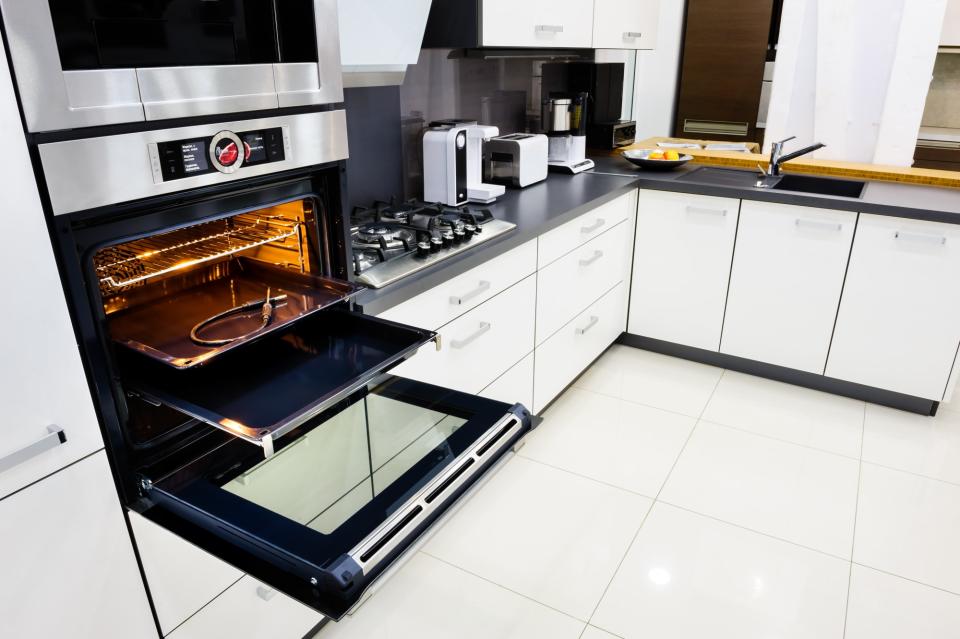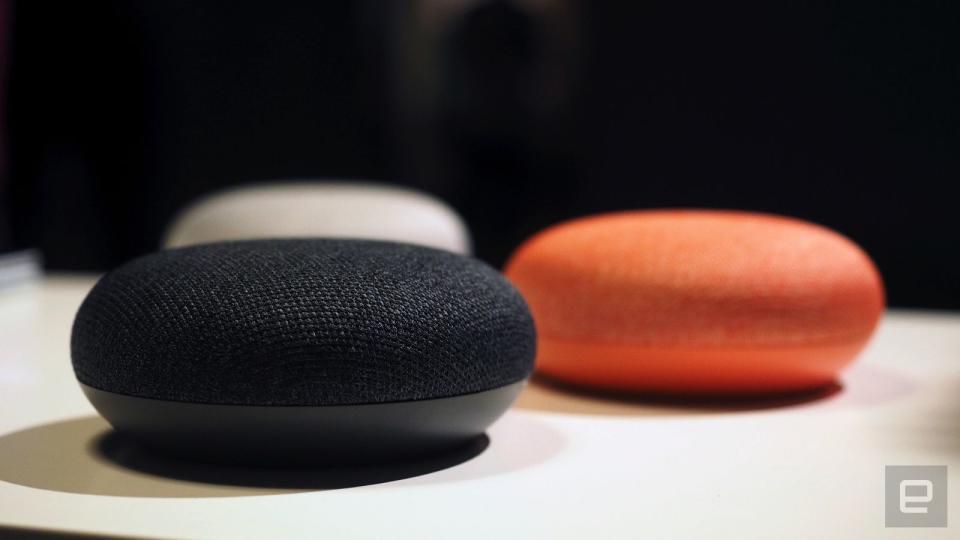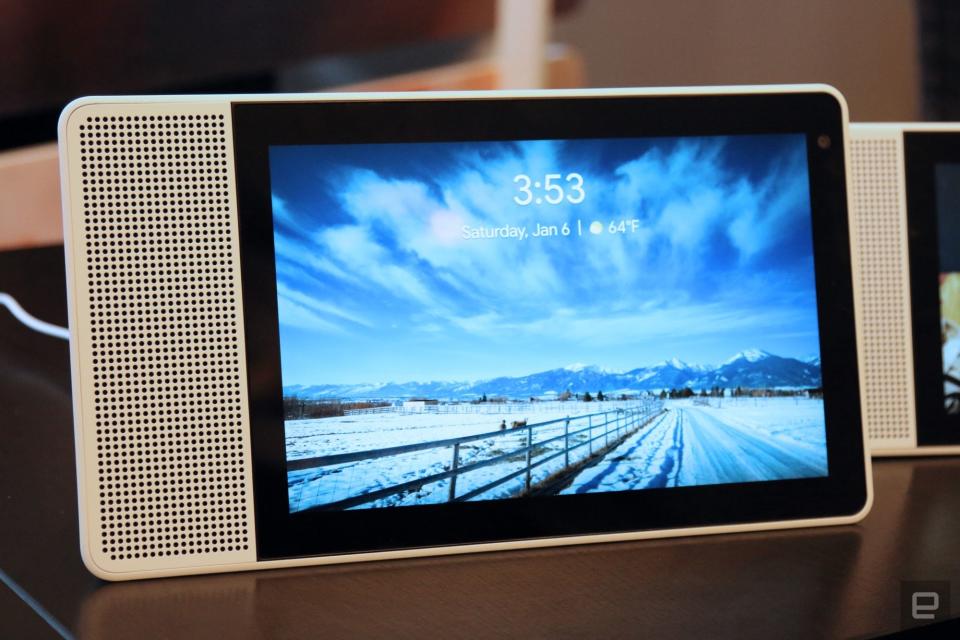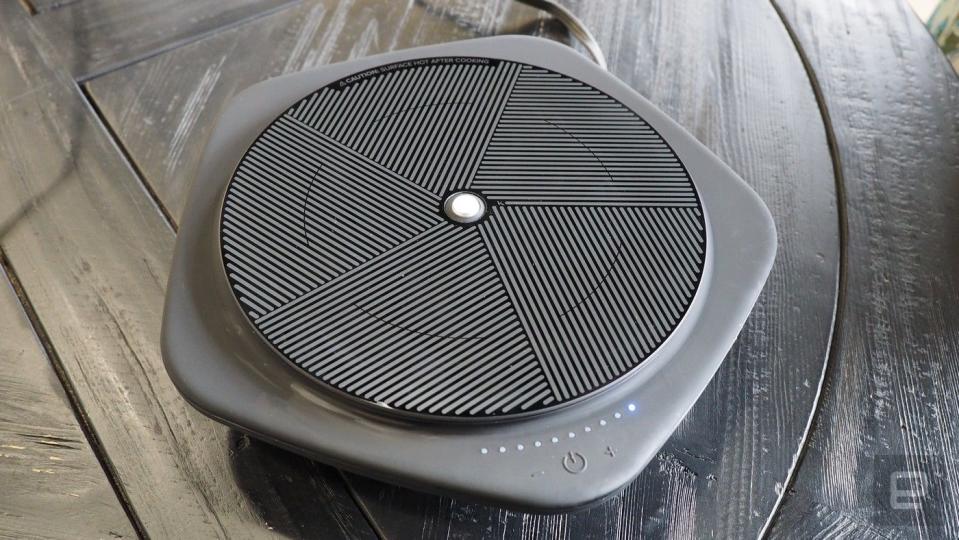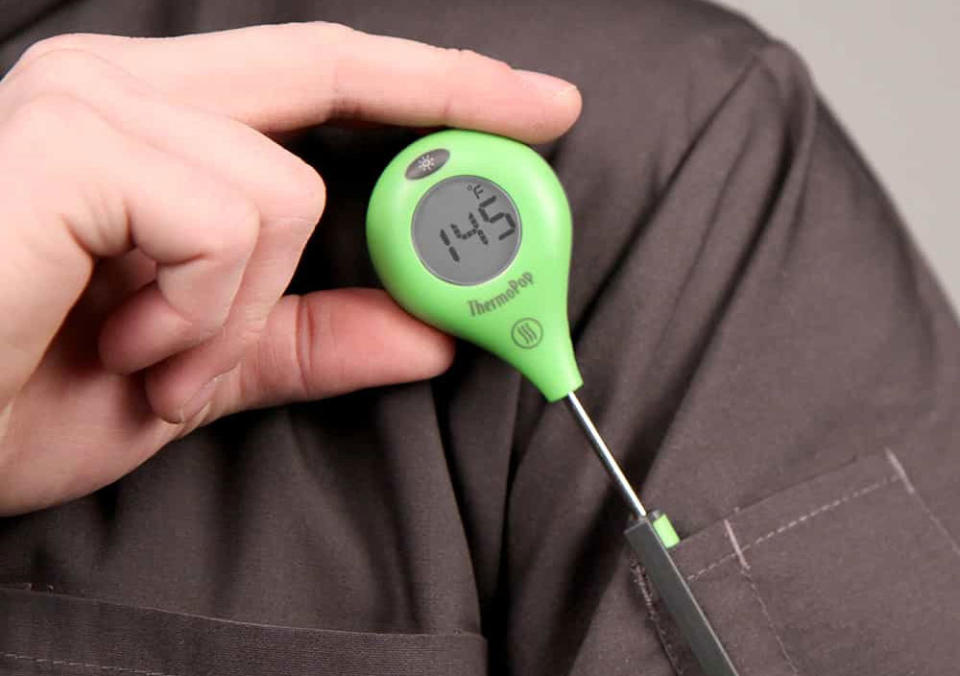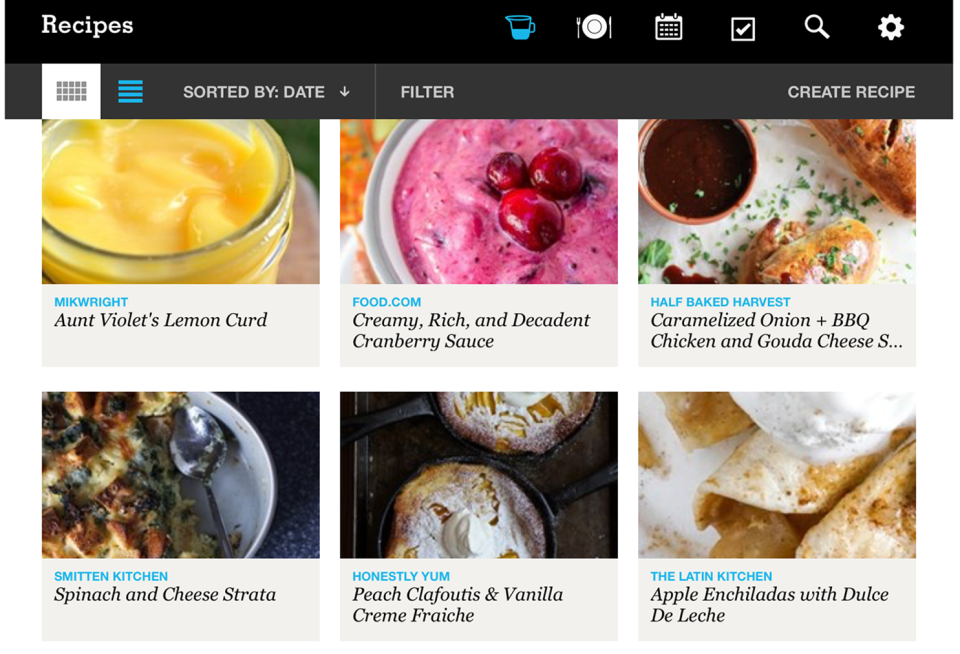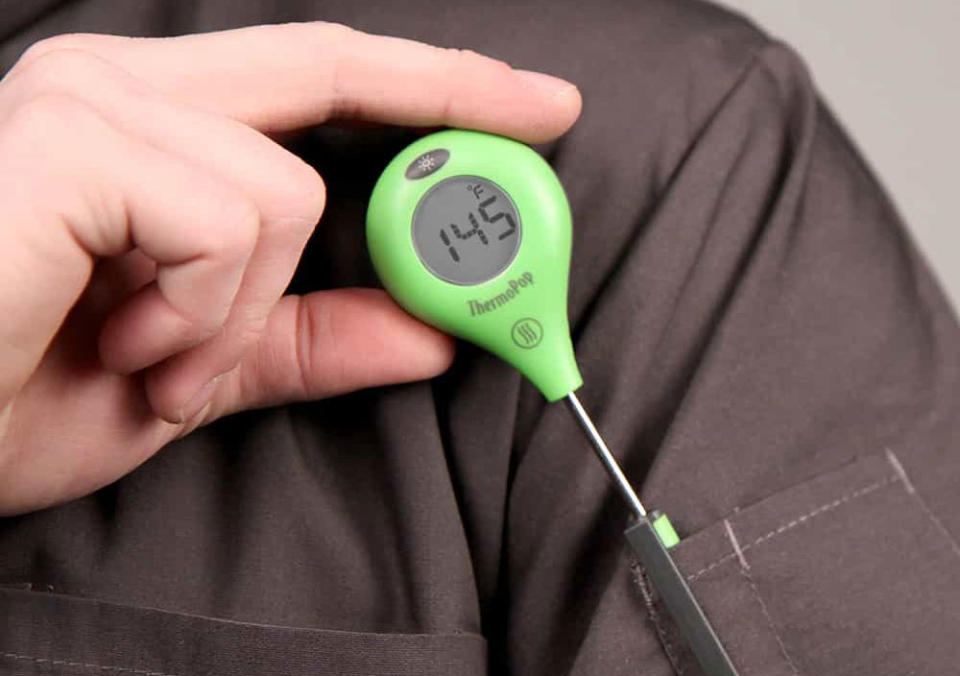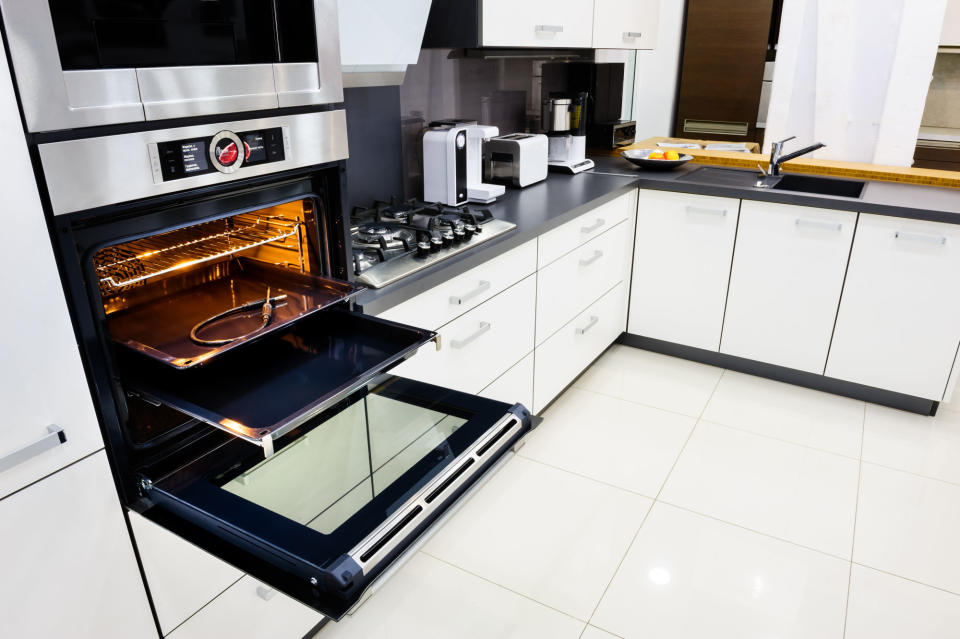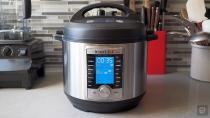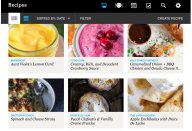The kitchen gadgets you should buy (and the ones you can skip)
You don't need a lot to upgrade your kitchen.
With so many connected devices making their way into our living rooms and bedrooms and onto our persons, it was no surprise when gadgets started making their way into our kitchens. You can buy so many WiFi- or Bluetooth-enabled widgets to help out with your cooking now, from smart Crock-Pots to app-controlled cooktops. Some are pretty dumb -- who really needs a toaster that pings your phone to say it's done even though it literally takes only three minutes? A smart thermometer that tells you when your pork roast is at optimal temperature after hours and hours of slow cooking makes a little more sense. However, you only have so much counter space, so you'd better choose wisely when it comes to adding new tech to your kitchen. We love to cook here at Engadget, so we've assembled a list of the gadgets and apps that will make your culinary life a lot easier, along with a few boondoggles to avoid.
Apps

Professional chef and Food Network host Tyler Florence thinks cookbooks are dead, since we now live in a world where you can look up pretty much any recipe on the internet. While we're still fond of tomes like J. Kenji Alt-Lopez's The Food Lab and Chrissy Teigen's Cravings, he's got a point: We do get a lot of our info from online recipe sites like Allrecipes and Epicurious. But among all the different recipe databases, personal cooking blogs and your aunt posting random dishes on Facebook, how do you keep track of it all?
Apps like Paprika and Pepperplate let you import recipes directly from noteworthy sites like The New York Times and Food Network and can also clip text and images from any site you'd like. Paprika is the most full featured, but it will cost you, with the mobile versions running $5 and the desktop apps costing $20 each, with no crossbuy among platforms. Pepperplate is completely free, and it has a web interface in addition to its Windows, iOS and Android apps. Of course, neither of these have the charm of a bunch of recipe clippings stuffed into a folder or box. If that's the aesthetic you crave, you could try Pinterest, which has a nice sort of scrapbook feel to it but doesn't actually store much text within the app itself. Instead, I'd recommend scanning your stuff into Evernote. You'll still lose the advantages of being able to create grocery lists or set timers, but it works fine for tagging and displaying scanned images. It's great for storing stuff you can't be bothered to OCR or type in yourself, like Grandma's handwritten recipe cards.
Tablets

If you've made the transition to a digital-recipe app, you're going to need a way to readily access the information in your kitchen. While most of us have phones we carry everywhere, their screens are pretty small, and besides, who wants to handle a slippery phone when your hands are covered in dough? You're definitely going to want a tablet in these cases. This year's iPad is a pretty great buy, with a $329 price point, a nice screen and access to a huge library of apps. If you are on a bit more of a budget, Amazon's Fire HD 10 is a great choice as well. And both of those are great to have outside the kitchen. But if you're not planning to do much else with your tablet, Amazon's $50 Fire is a good investment. It still has access to the same library of apps as its more expensive sibling or the Echo Show and comes equipped with Alexa too. Digital assistants like Alexa and Siri are a key attraction, allowing you to set timers or ask basic cooking questions ("How many milliliters in a teaspoon?") without having to dirty the screen.
Smart speakers

Sometimes you want to listen to music while cooking, and in those cases, the speakers on your tablet just aren't going to cut it against loud noises like the clanging of pots and running water. You could invest in a portable Bluetooth speaker, which, like the tablet, may find use elsewhere in your home. But if you're not planning to take it out of the kitchen, why not consolidate gadgets and grab a smart speaker like the Google Home Mini or Echo Dot? You can ask it basic cooking questions or have it read recipes out loud and play your favorite playlists and podcasts. And if you have to leave the kitchen, you can still hear the timer loud and clear since Google Assistant and Alexa can also ping your other smart speakers and send notifications to your phone. If you're unwilling to leave a display behind entirely, Amazon offers the Echo Show with a decent-size 7-inch touchscreen while those locked into the Google ecosystem may want to check out the Best of CES-winning Lenovo Smart Display when it comes out.
Tools
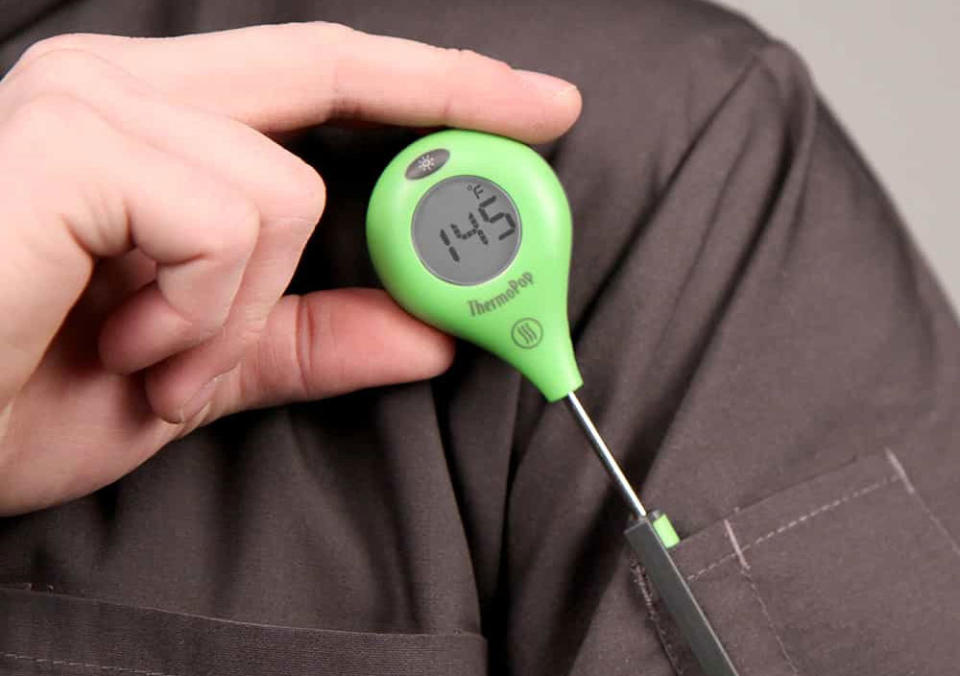
When stocking your kitchen with pots and utensils you generally have a good idea of what you need to buy: a good stew pot, some frying pans, a spatula and so on. A stand mixer is nice to have if you bake a lot, but it takes up precious counter space when a hand mixer will do just fine. Same with a blender -- you probably don't use one all that often, so might as well keep the counter clear and buy an immersion blender instead. It'll also be a lot easier to clean than a traditional model.
You may be tempted by unitaskers like a garlic press or a meat shredder, knickknacks that only do one thing besides take up precious room in your junk drawer. Don't buy them. This applies to tech items as well. For example, you don't need a widget for your fridge door that updates your grocery list, as your phone or smart speaker can do this job just fine.
But there are two gadgets that people often neglect when outfitting their kitchen. The first is a meat thermometer. You can get a supercheap analog one for less than $5, but we recommend you spring a few extra dollars for a digital model as you'll appreciate that extra precision -- whether you're particular about how you like your steaks cooked or you want your chicken superjuicy without worrying about salmonella. The $29 ThermoPop has a large, highly visible display that even rotates so you can read the temperature regardless of the device's angle. If you're grilling outdoors but have other things to worry about (like needy party guests), it might be worth investing in a connected thermometer like the Weber iGrill 3 (or the older but cheaper iGrill 2), which will ping your phone when your meat reaches its desired temperature.
Another place where precision is important is measurements, especially in baking. The right amount of flour, leavening agents and sweetener can make a huge impact on the success of a dish, and a measuring cup isn't all that accurate: Some ingredients like flour pack more densely than others like chocolate chips, while others may not fill the cup properly (brown sugar, I'm looking at you). Odds are you've eyeballed plenty of ingredients for this exact reason while baking. Professional chefs prefer to measure their ingredients by weight, and we recommend you do the same, picking up a digital scale like the $25 Escali Primo or the larger OXO Good Grips stainless steel scale for $50. You'll find that some cookbooks already give you ingredients by weight, but for those recipes that don't, just ask your phone, tablet or speaker to make the conversion for you.
Appliances

The past few CES shows have been strong on the connected oven and fridge front, but we wouldn't recommend upgrading right now. After all, these are major appliances that most people upgrade only every 15 years or so, and it's unlikely manufacturers will support their products that long -- the TV market is a good example of how the connected-appliance market might look in a few years. My LG set is less than 2 years old and I'm already feeling the lack of app support. So stick with the basics on the major purchases.
However, there will be days when you don't have the time or energy to fire up the oven but want something better than what you can pop in the microwave. It's good to have some kind of secondary cooking gadget in these cases. The Instant Pot is a popular choice among the Engadget staff, as it lets you set and forget like a slow cooker without the long wait. It's far from a unitasker, with the ability to cook rice, meat, eggs and even cake! The new Max model will even do home canning for you, though we haven't had a chance to test it out yet.

Induction cookers are great for when you don't have room for a proper stove (like in a dorm) or want something you can move around easily, either to keep food warm when served banquet-style or maybe to make fondue without the risk of fire. Sure, there are connected models like the Tasty One Top or Hestan Cue that will walk you through recipes, but the apps aren't quite up to the task right now, meaning the cookers work better as standalone devices. So you might as well save yourself the extra cash on an unconnected model like the Duxtop 8100MC, which will run you a more affordable $45.
A lot of cooks will tell you not to bother with a toaster because it's also a unitasker and you should just toast your bread in the oven instead. That's an enormous waste of both time and energy if you're only making one or two slices of toast, but they are right about one thing: Toasters take up precious counter room despite not being used all that often by most people. Get a toaster oven instead! The smaller size means it heats up a lot faster than a full-sized oven, and you can also reheat leftover pizza or dinner rolls in there. Some models have toaster slots on top, but you don't necessarily need those: The Panasonic FlashExpress can toast four slices of bread at once and also has pre-settings for waffles, rolls and even frozen hash browns.
Ultimately, what you need in the kitchen is up to you. We all have different needs when it comes to cooking. There's no definitive list of what you should have in your kitchen, and you'll often find yourself buying new tools or getting rid of unused ones as time goes on. The same goes for tech. Maybe a smart egg tray really is worth your money (but probably isn't). The key is to ask: How often would I actually use this? Is this something I could do with my phone? Because the best tech for the kitchen is already at your fingertips, and it's far from a unitasker.

